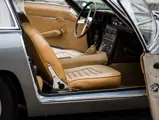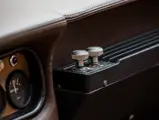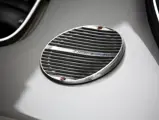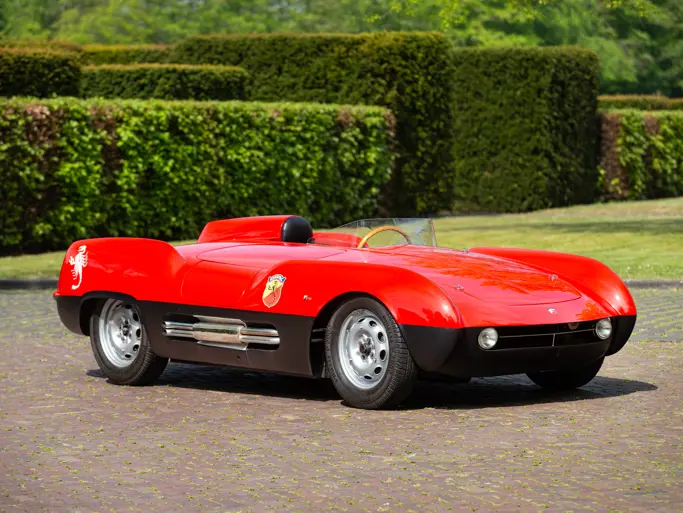
1967 Lamborghini 400 GT 2+2 by Touring
{{lr.item.text}}
€300,000 - €350,000 EUR | Not Sold
{{bidding.lot.reserveStatusFormatted}}
- Lamborghini’s highly stylish 2+2 grand tourer, an icon of 1960s automotive design
- One of just 224 400 GT 2+2 variants produced between 1966 and 1968
- Original U.S.-market example, benefitting from the later 2+2-specific, Lamborghini-manufactured gearbox
- Presented in its factory-correct colour scheme of Grigio Argento with Tobacco leather interior
In effect a refined and more luxurious version of the Giotto Bizzarrini-engineered 350 GTV prototype of 1963, the development of Lamborghini’s new-for-1964 350 GT—and its transition to production—was overseen by brilliant former Ferrari designer, Gian Paolo Dallara, then aged just 26. Ably assisted by Paolo Stanzi and highly rated test driver Bob Wallace, Dallara retained Bizzarrini’s fundamental design, albeit with a suitably strengthened chassis and a de-tuned, wet-sump version of the 350 GTV’s glorious 3.5-litre quad-cam V-12 engine.
The styling of the 350 GTV had originally been attributed to Franco Scaglione, whose iconic “BAT” series Alfa Romeos had evidently influenced the former’s rakish lines to a significant degree. A broadly similar appearance was retained for the Touring-bodied 350 GT, albeit featuring a noticeably lower bonnet line due to side-draught Weber carburettors being employed in place of the down-draught items used on the prototype. Drawing praise for the smoothness of its engine, ride quality, and for its superior level of finish, the 350 GT represented a hugely positive first foray into car production for Lamborghini; some 120 examples were produced over the ensuing two years.
In 1966, the updated 400 GT was introduced, which retained the same wheelbase as the earlier car but featured an enlarged 3.9-litre version of the V-12 engine, thereby increasing power from 270 to 320 horsepower. Although a handful of early 350 GTs had featured a novel “2+1” seating pattern, the majority were configured in regular two-seater form. However, ever mindful of the benefits of broadening the appeal of its cars, Lamborghini—after producing just 24 examples of the two-seat 400 GT—opted to further modify its derivative into the 400 GT 2+2, the latter being publicly unveiled at the Geneva International Motor Show in March 1966.
In direct contrast to certain manufacturers, many of whom merely raised or extended the roof lines of existing two-seat designs to hastily fashion 2+2 versions of the same car, Lamborghini opted to both effect this modification and lower the 400 GT’s floorplan simultaneously. Ingeniously, this afforded much greater cabin accommodation at a far lower aesthetic cost than would otherwise have been the case. Furthermore, the 400 GT 2+2 benefitted from other cosmetic and ergonomic changes; a larger rear luggage compartment, increased fuel capacity, quadruple headlamps, and revised lower front valance being notable examples. However, it was arguably in its transmission that the greatest technical improvement was made; the somewhat recalcitrant ZF gearbox of the 350 and 400 GTs being replaced in the 2+2 by a much smoother and quieter five-speed all-syncromesh unit of Lamborghini’s own manufacture.
Critically, as well as offering enhanced practicality, the 400 GT 2+2 retained the impressive performance of its two antecedents, with 60 mph being achieved in 6.8 seconds en route to a maximum top speed of some 168 mph. Indeed, so impressed were Autocar journalists that they were moved to laud it as 'better than all the equivalent exotic and home-bred machinery in this glamorous corner of the fast-car market'. In total, some 224 examples of the 2+2 variant were manufactured between 1966 and 1968.
Originally delivered to the United States in December 1967 in the colour scheme of Grigio Argento with corresponding Tobacco leather interior, chassis 01312 represents one of the very last 400 GT 2+2s constructed. Regrettably, at the time of cataloguing, little was known of the car’s early history except that it was for a time resident in the Netherlands prior to its purchase there by the vendor in 2015. Photographs show chassis 01312 attending the Marcel de Lange Memorial Meeting in 2007—at which point it had been resprayed brown. However, it has since been returned to its factory-correct exterior colour, and retains what appears to be its original Tobacco interior. The odometer reads 59,288 miles at the time of cataloguing.
Eminently usable in all manner of touring, regularity and recreational events, this represents a rare opportunity to purchase a superlative example of Lamborghini’s seminal work. Indeed, with Bizzarrini’s magnificent quad-cam V-12 providing the basic architecture for subsequent generations of Lamborghinis which persists even to this day, the magnificent GT series of cars can be seen as representing the very genesis of the Sant’Agata legend.

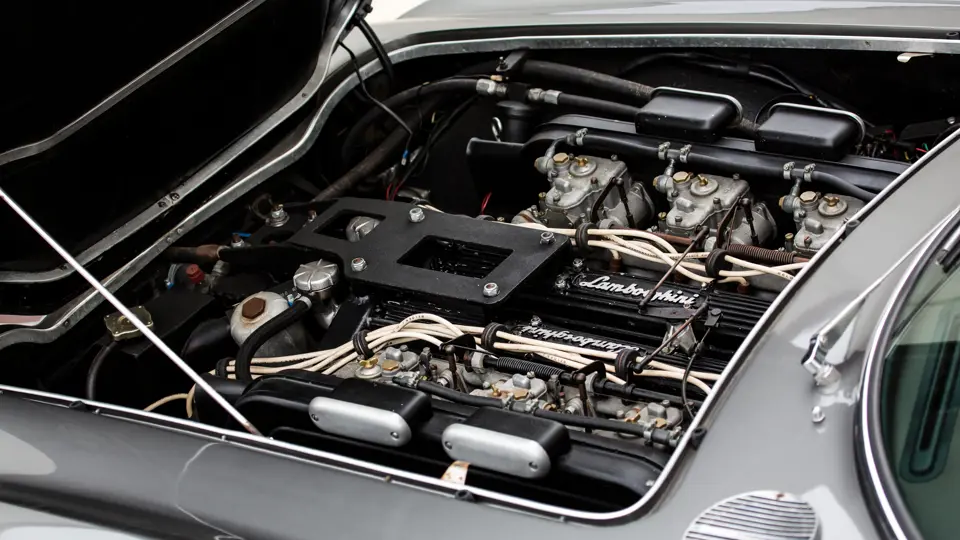




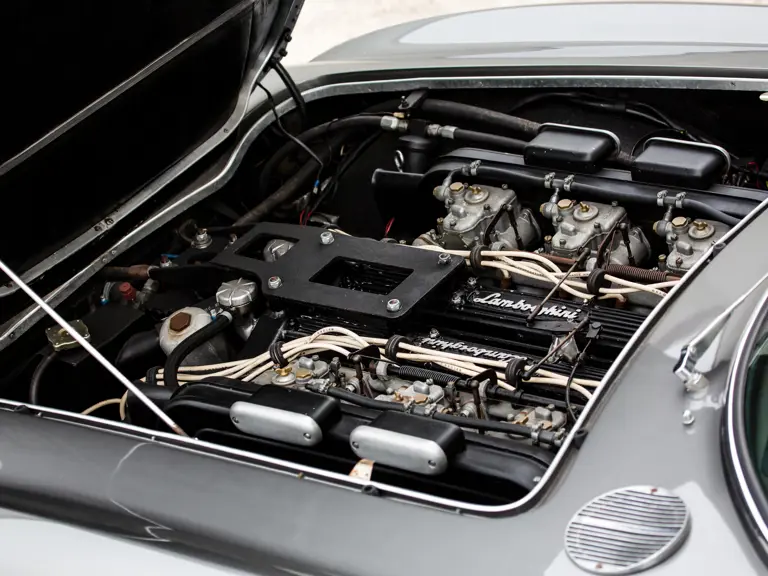

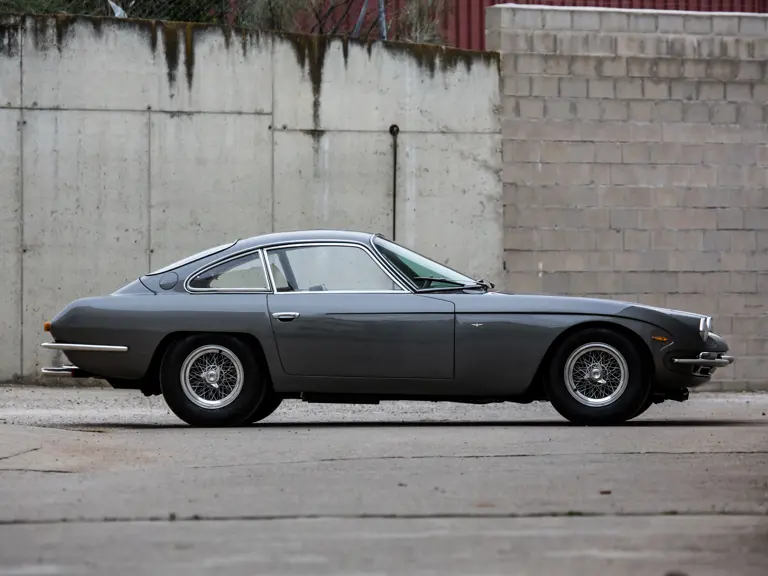


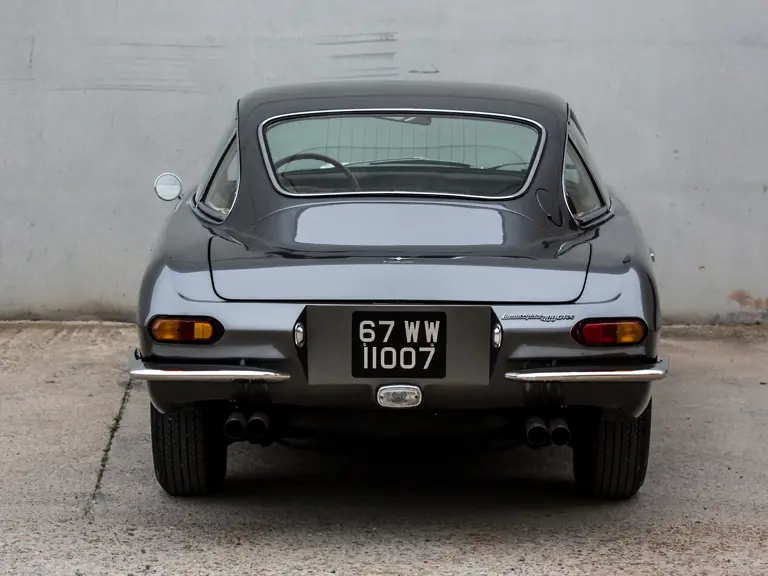



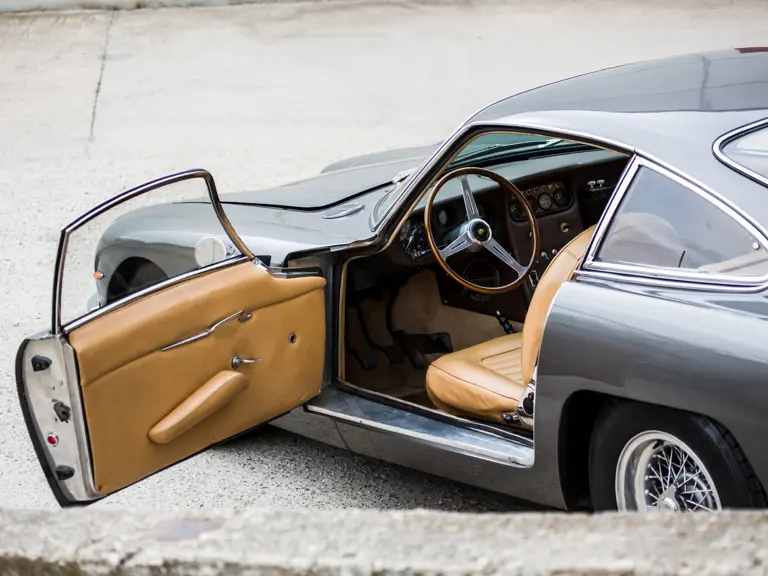
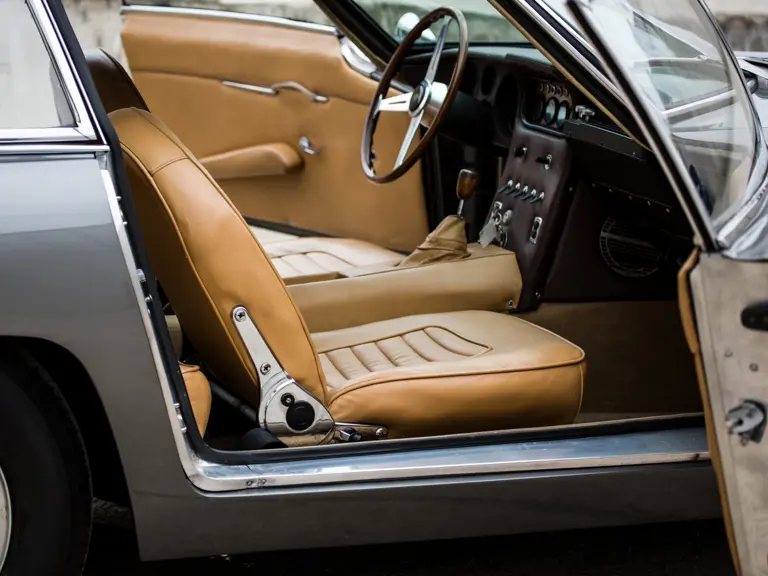


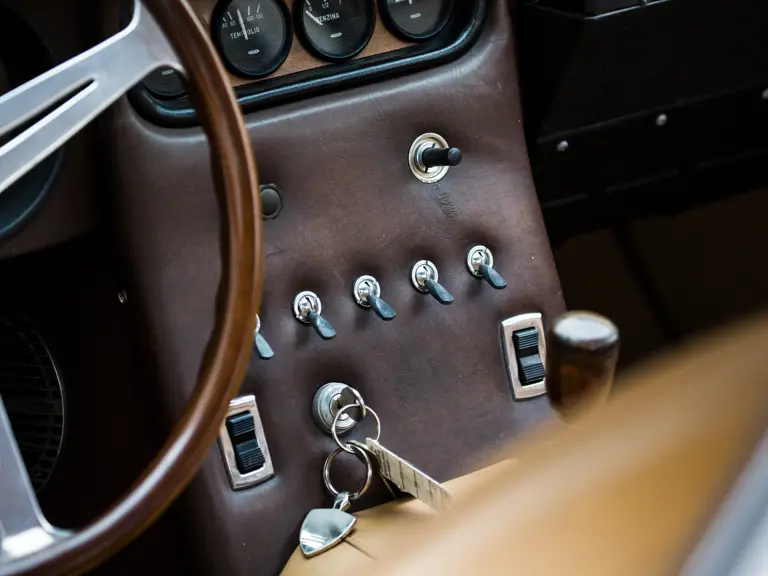

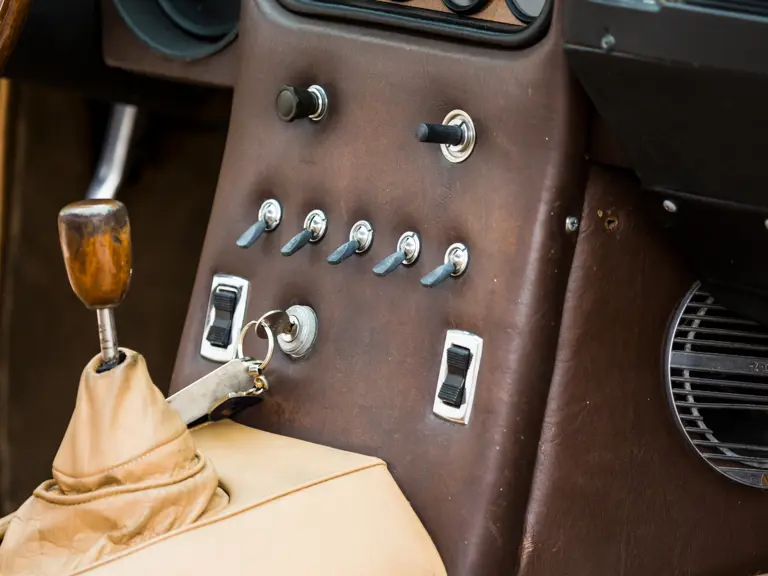
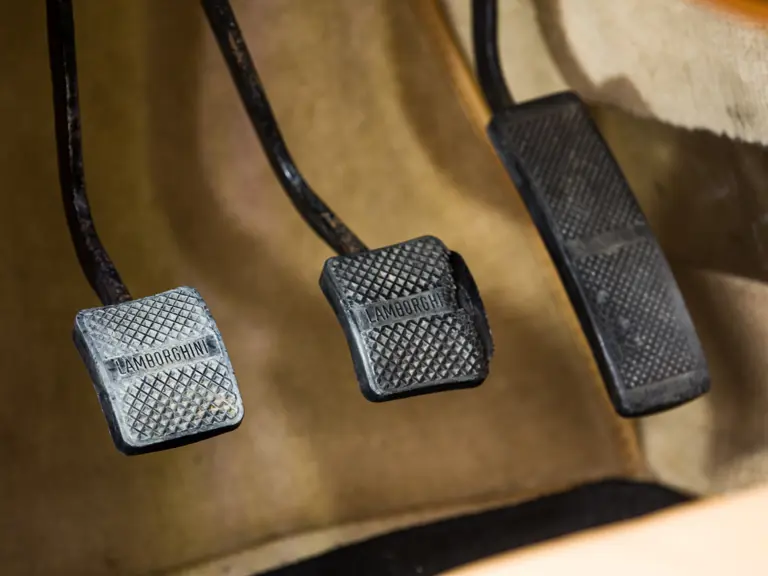
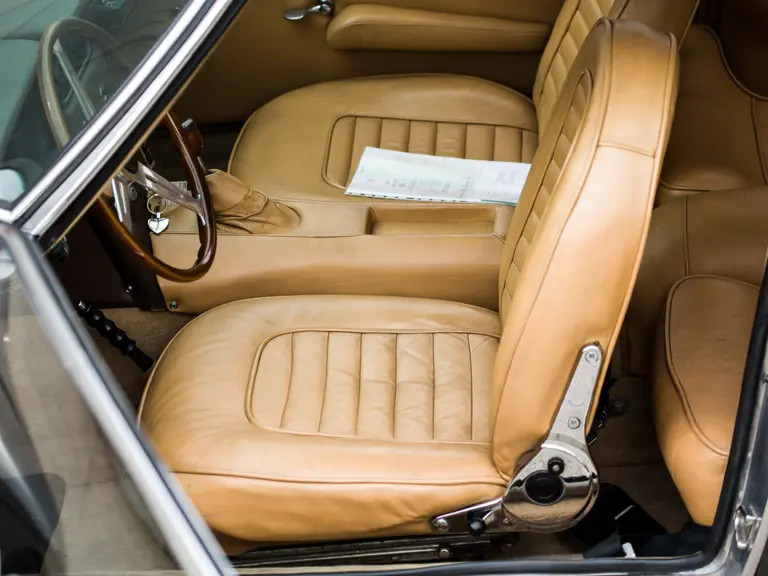
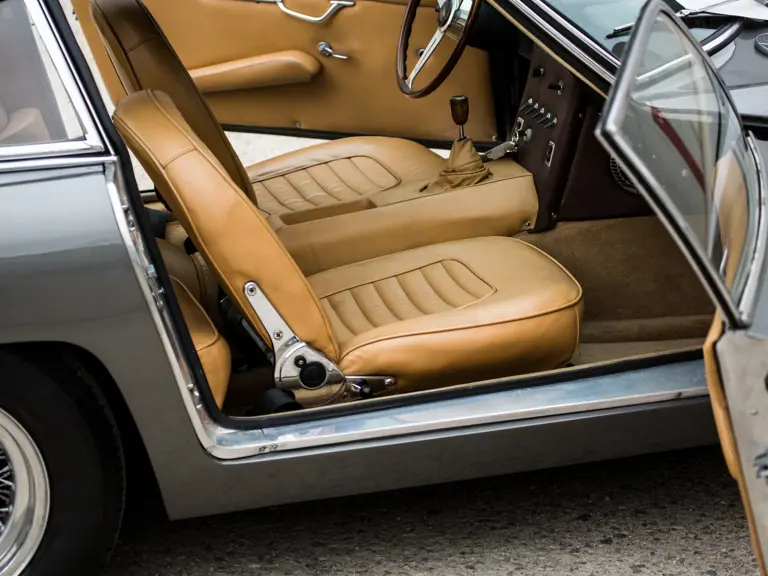
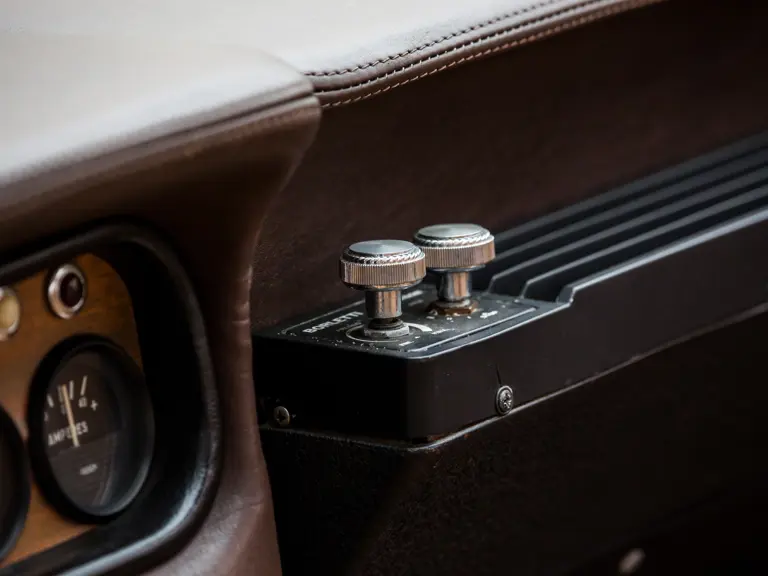

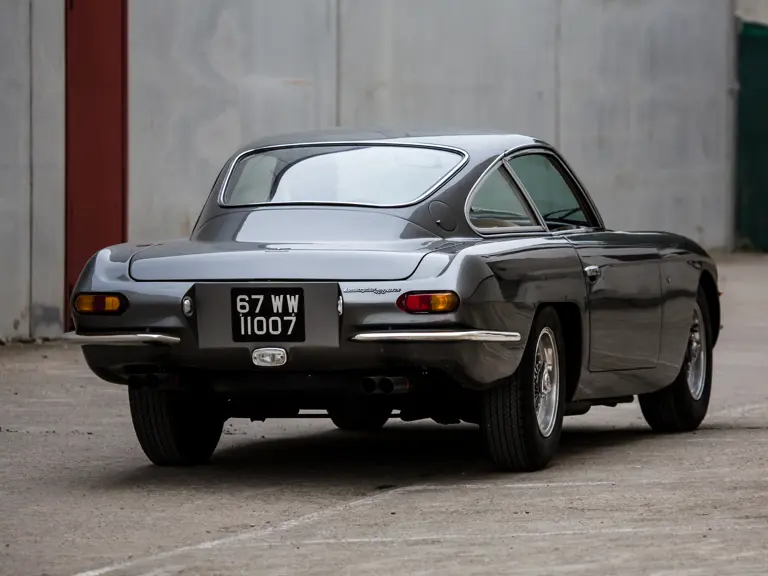



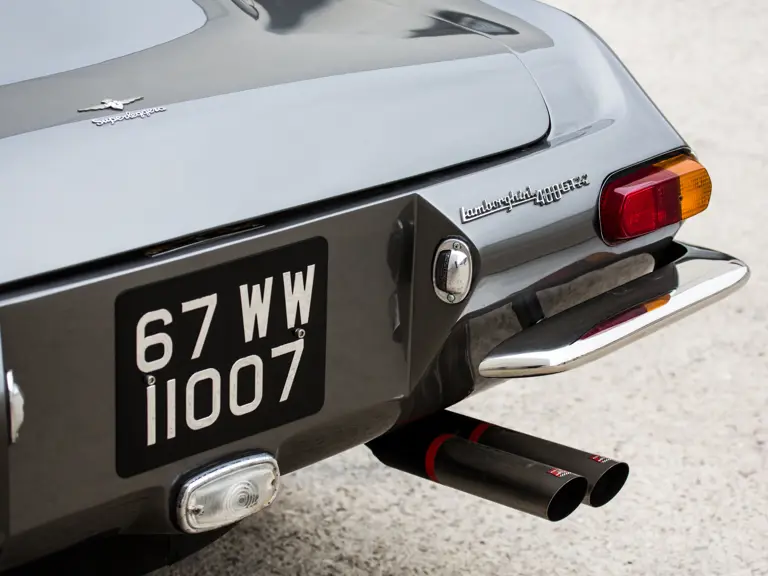
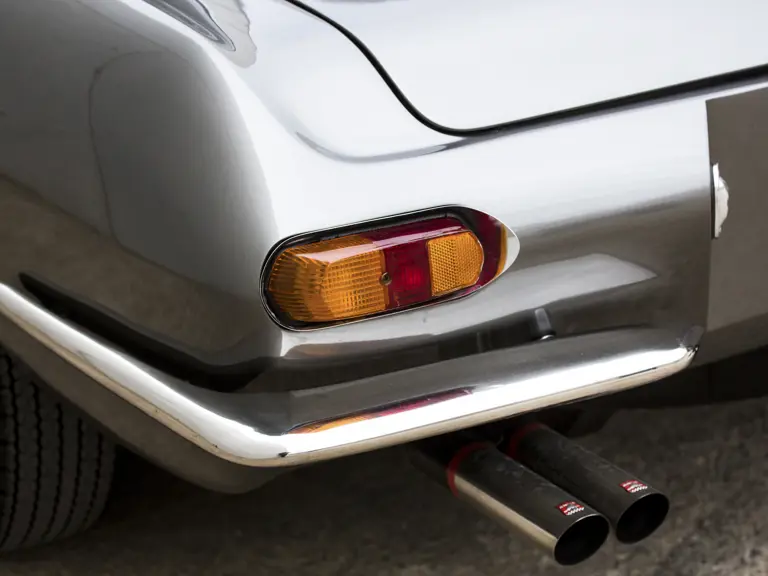

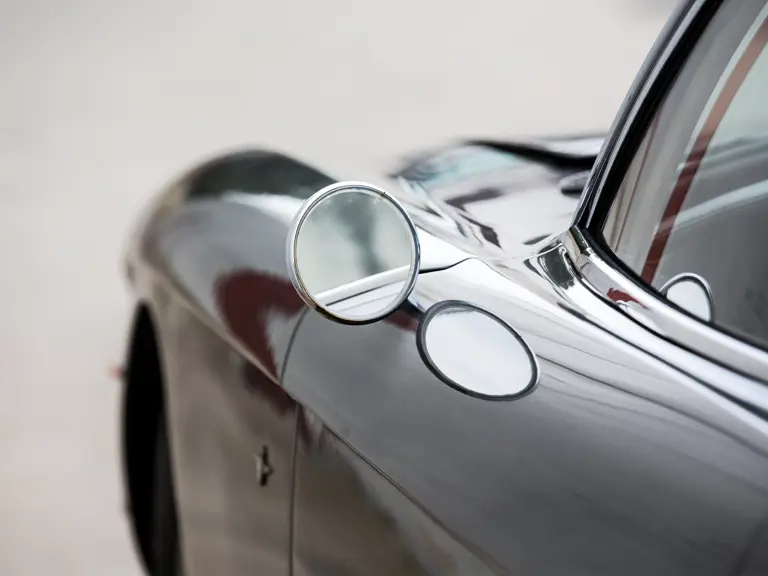
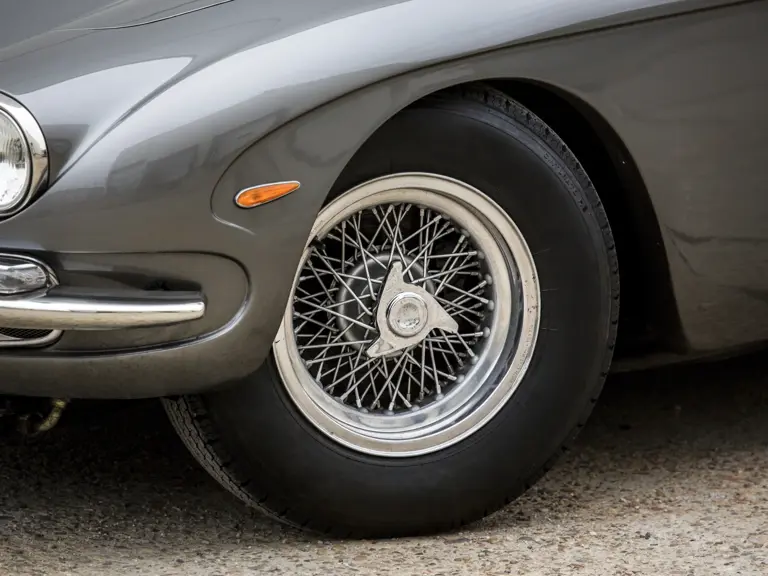

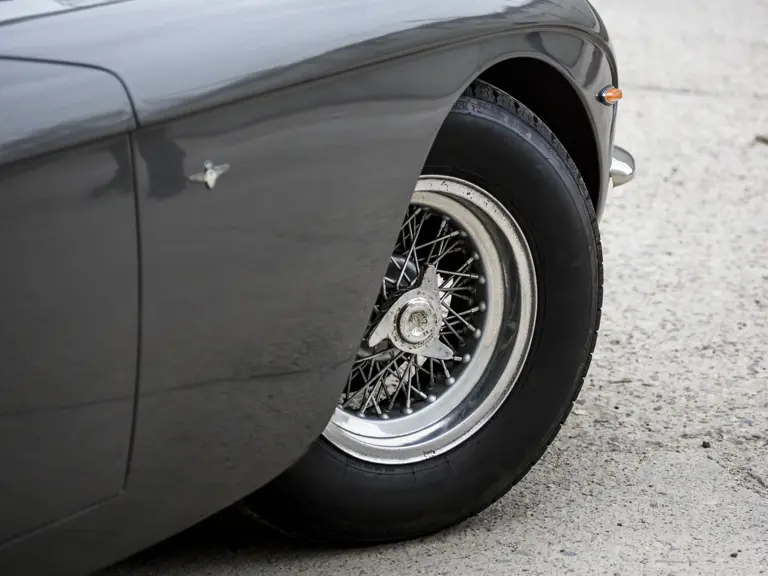

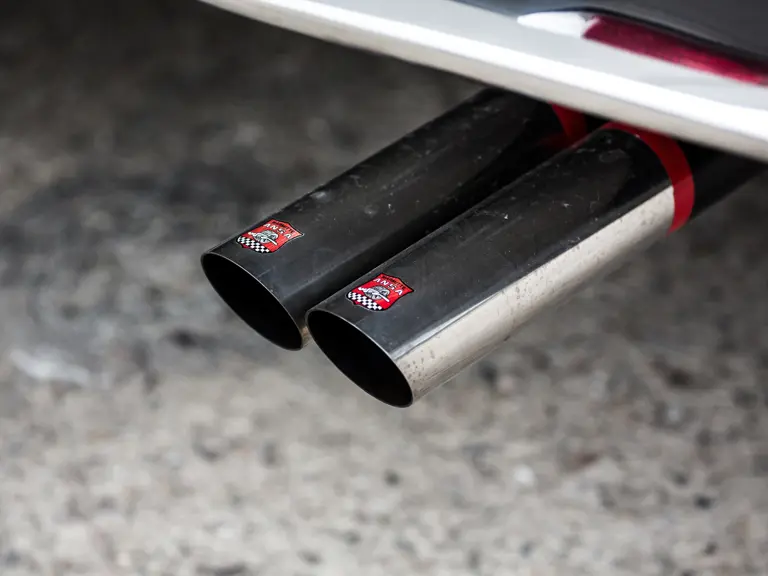

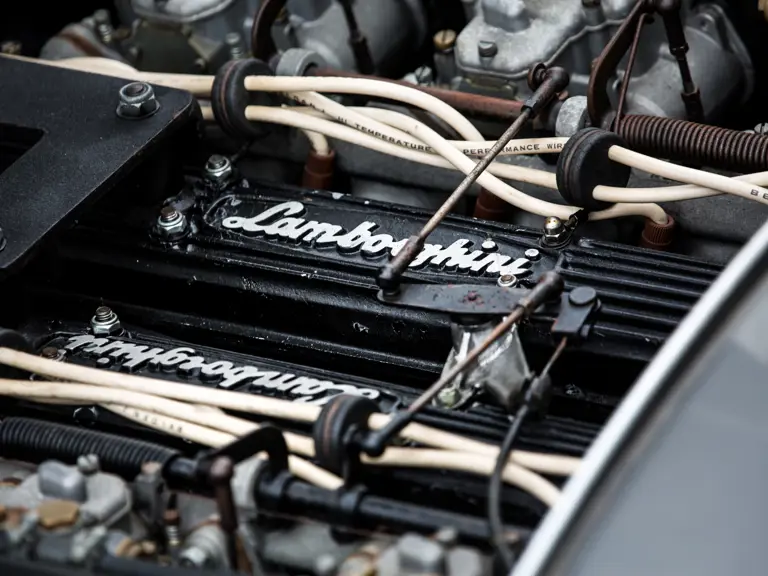
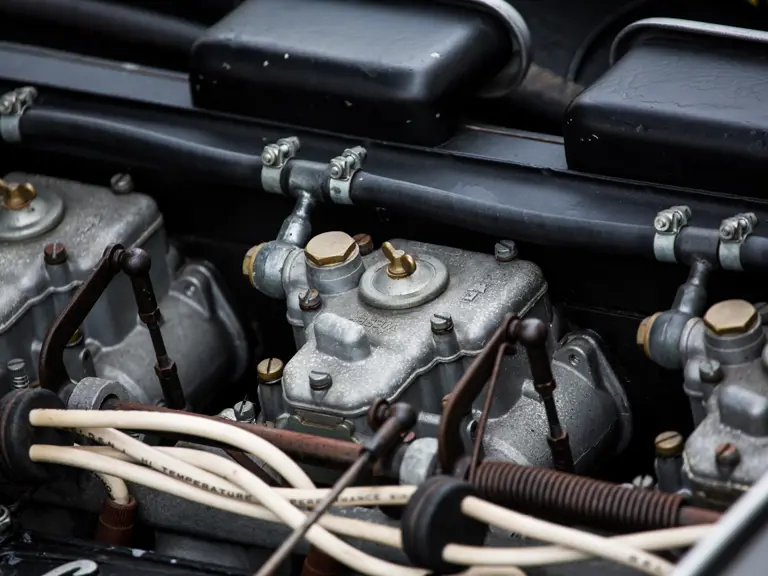
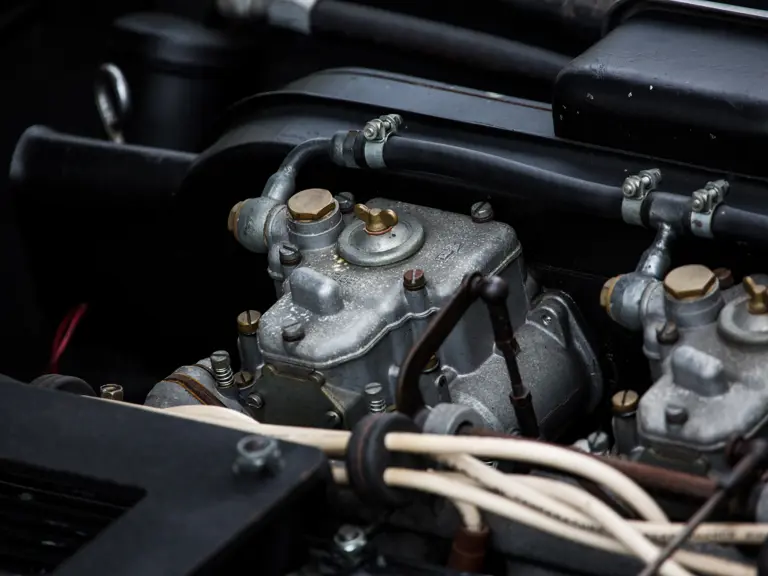

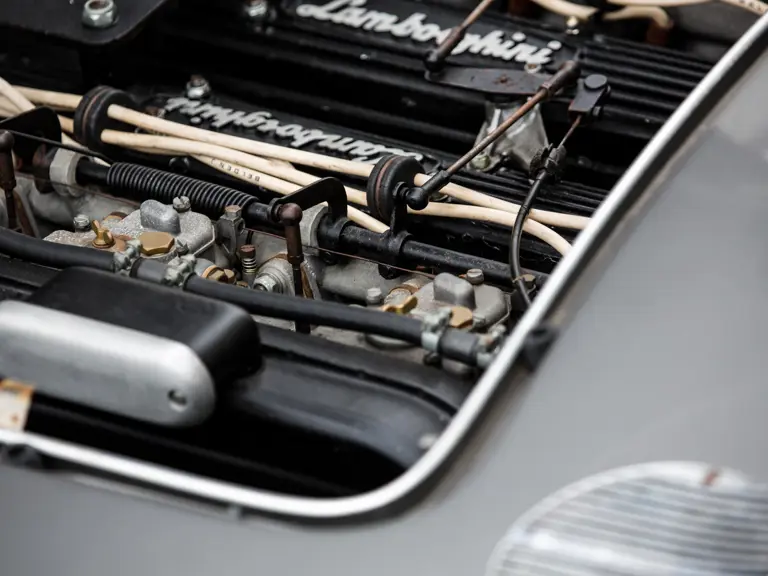

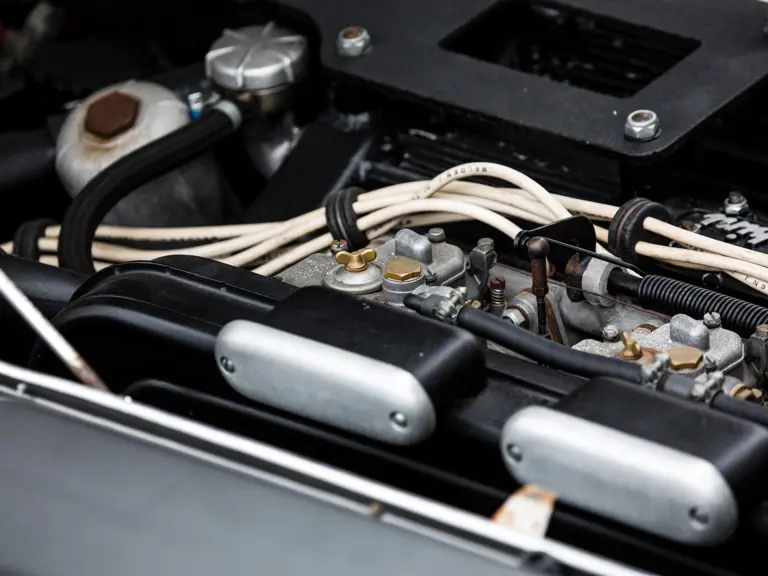

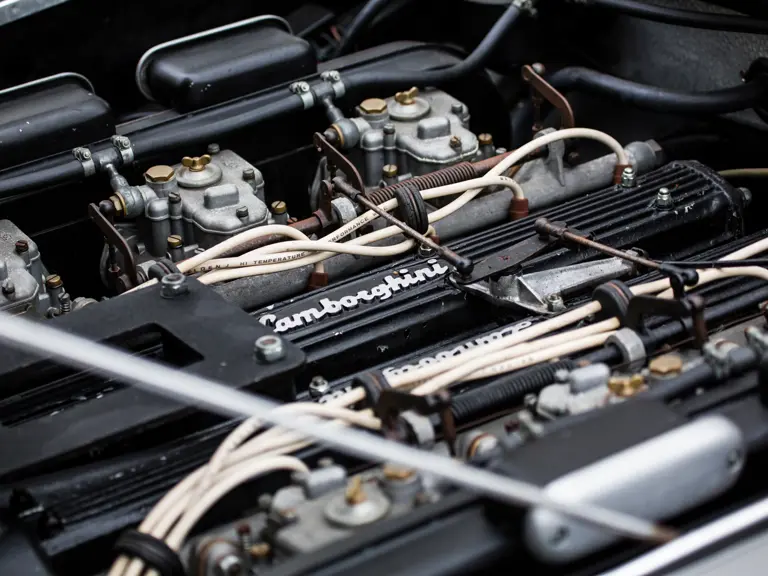


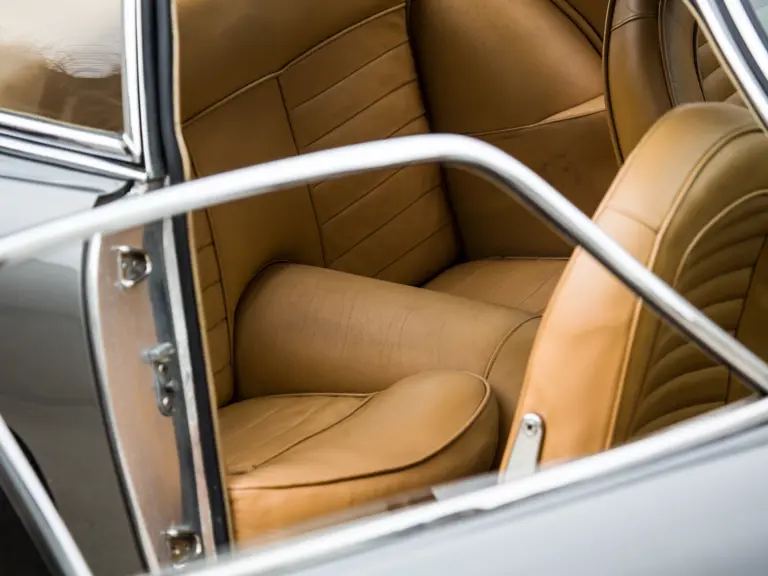
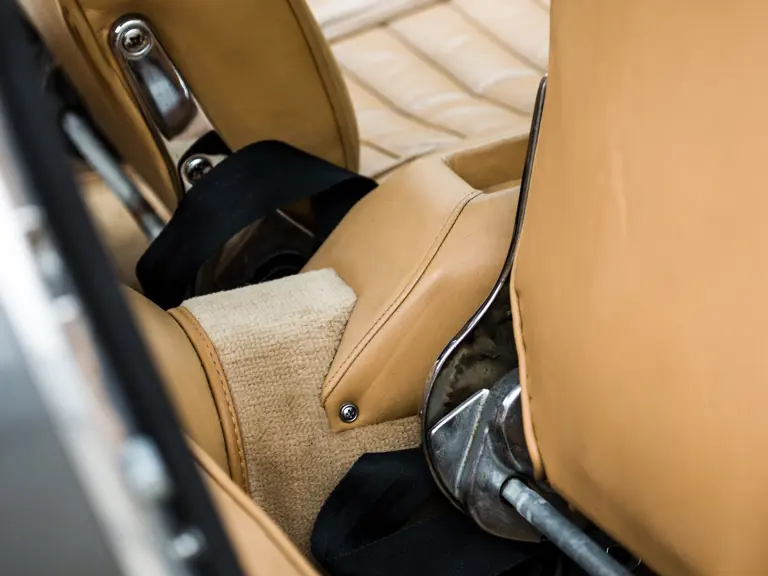


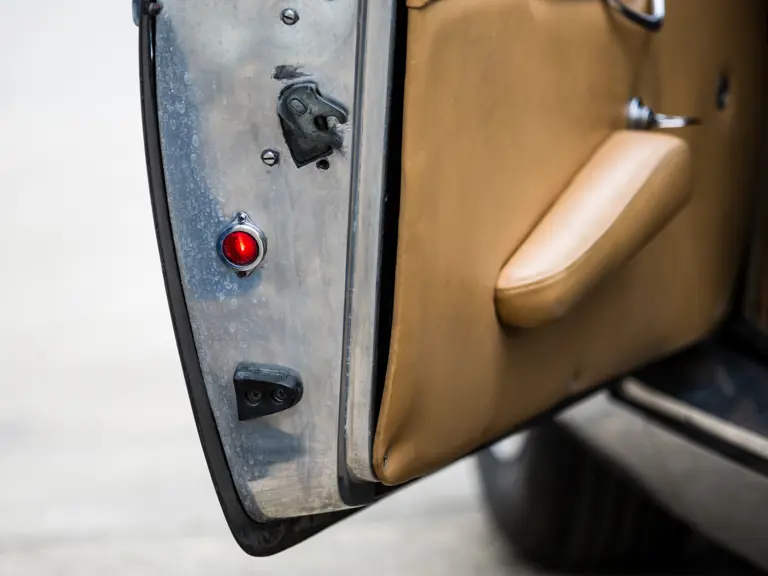

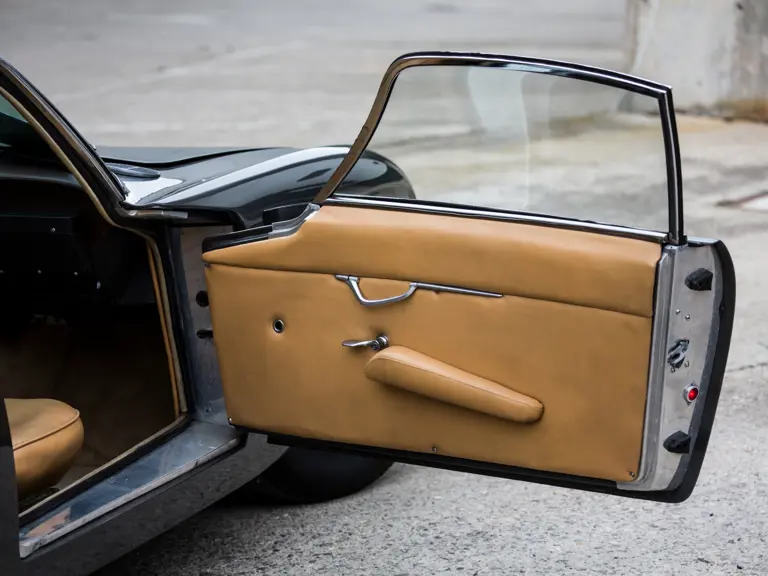
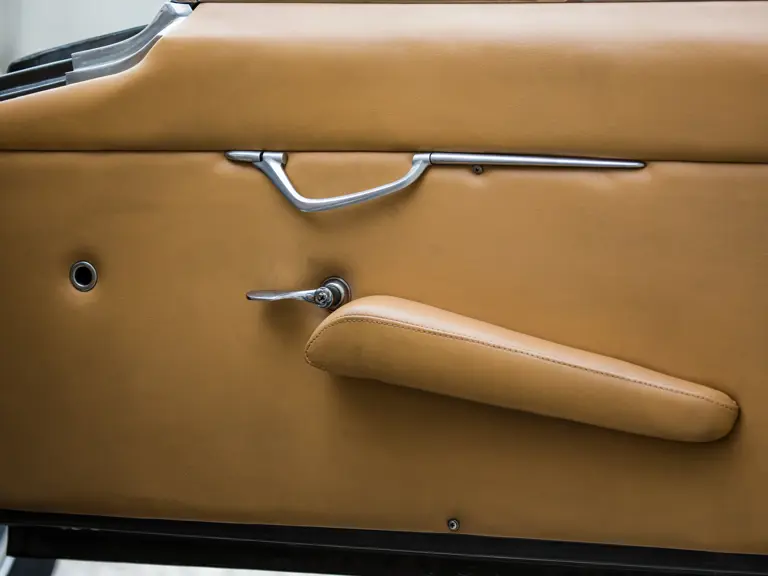
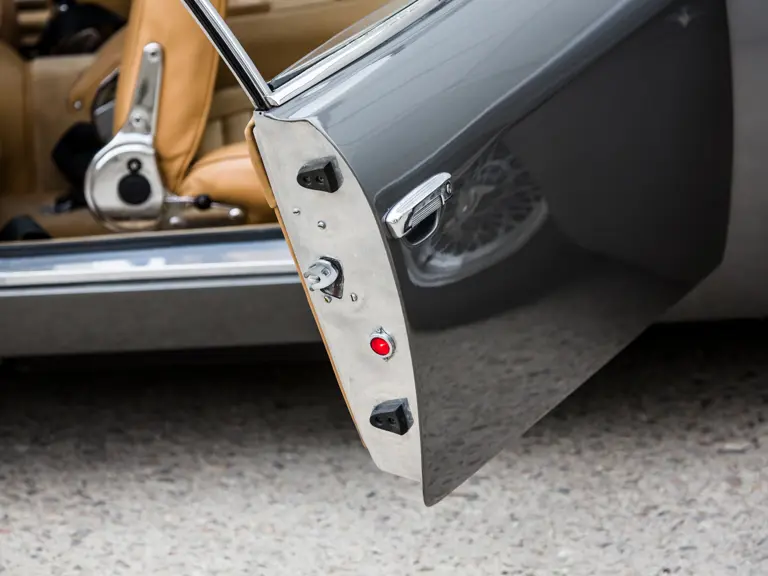

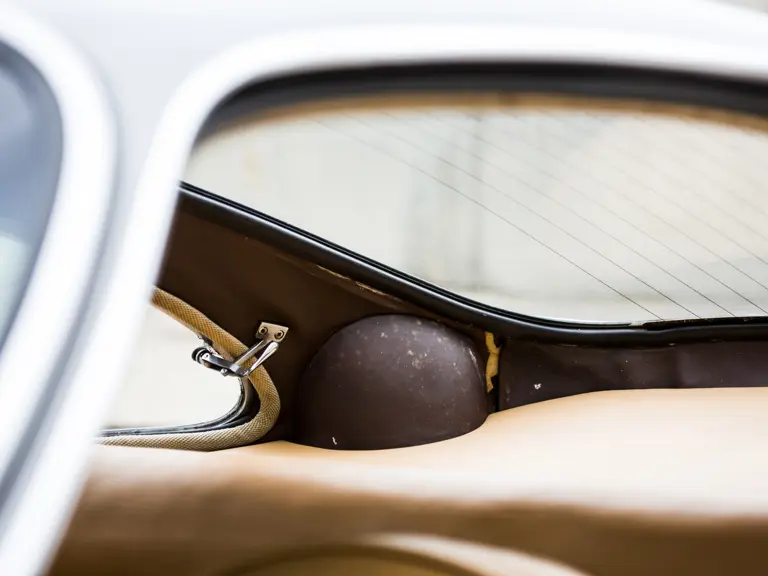

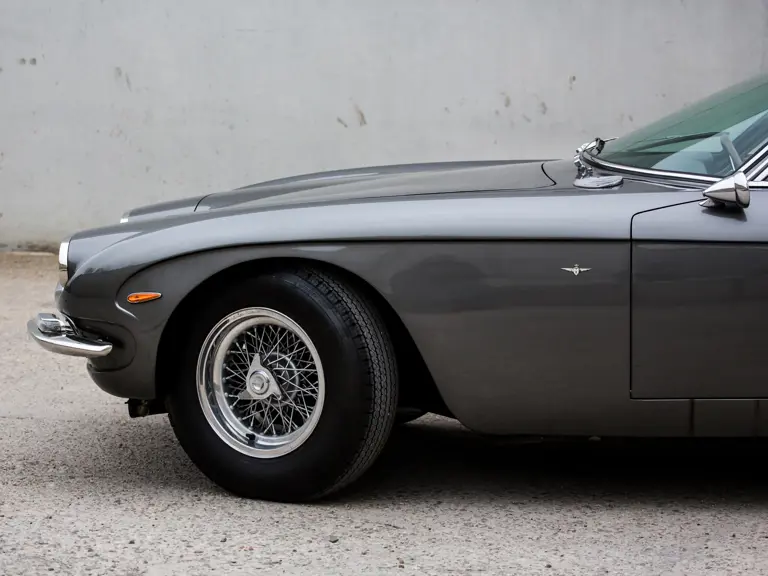
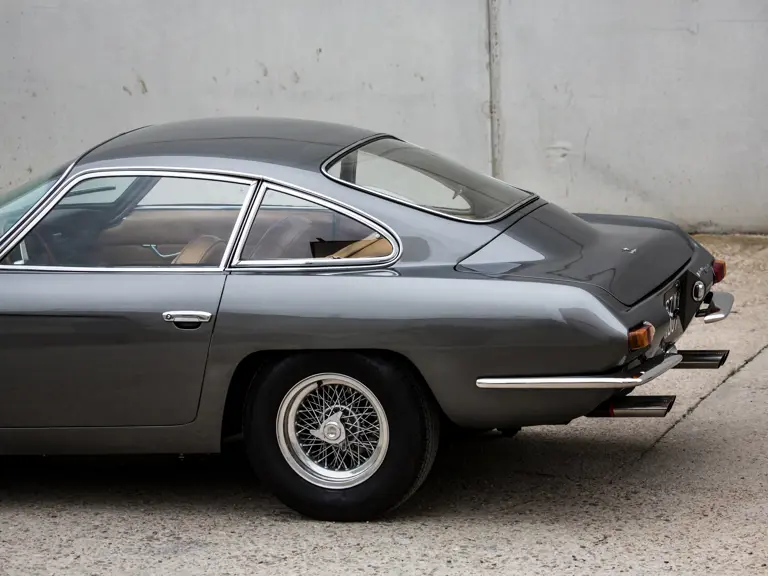

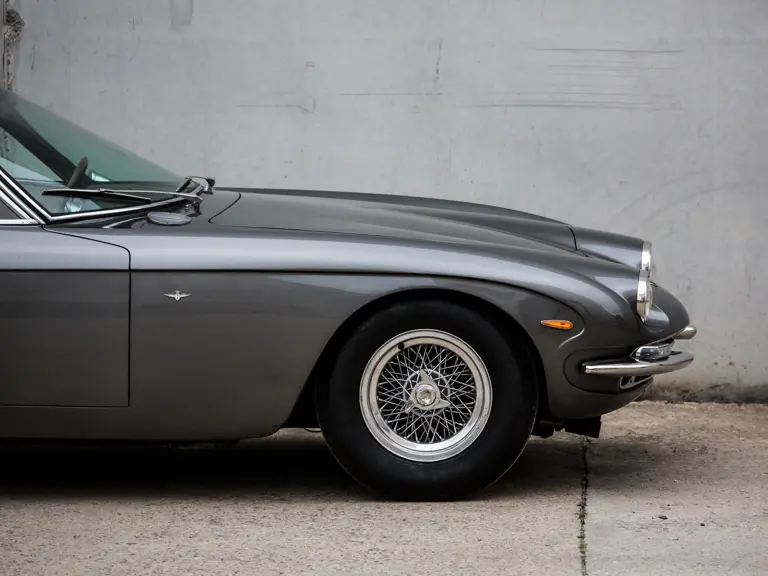

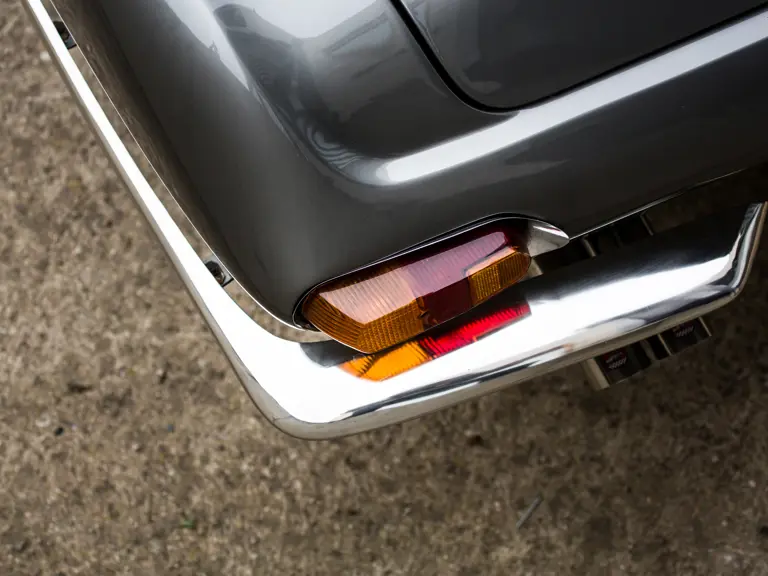





 | Monte Carlo, Monaco
| Monte Carlo, Monaco











